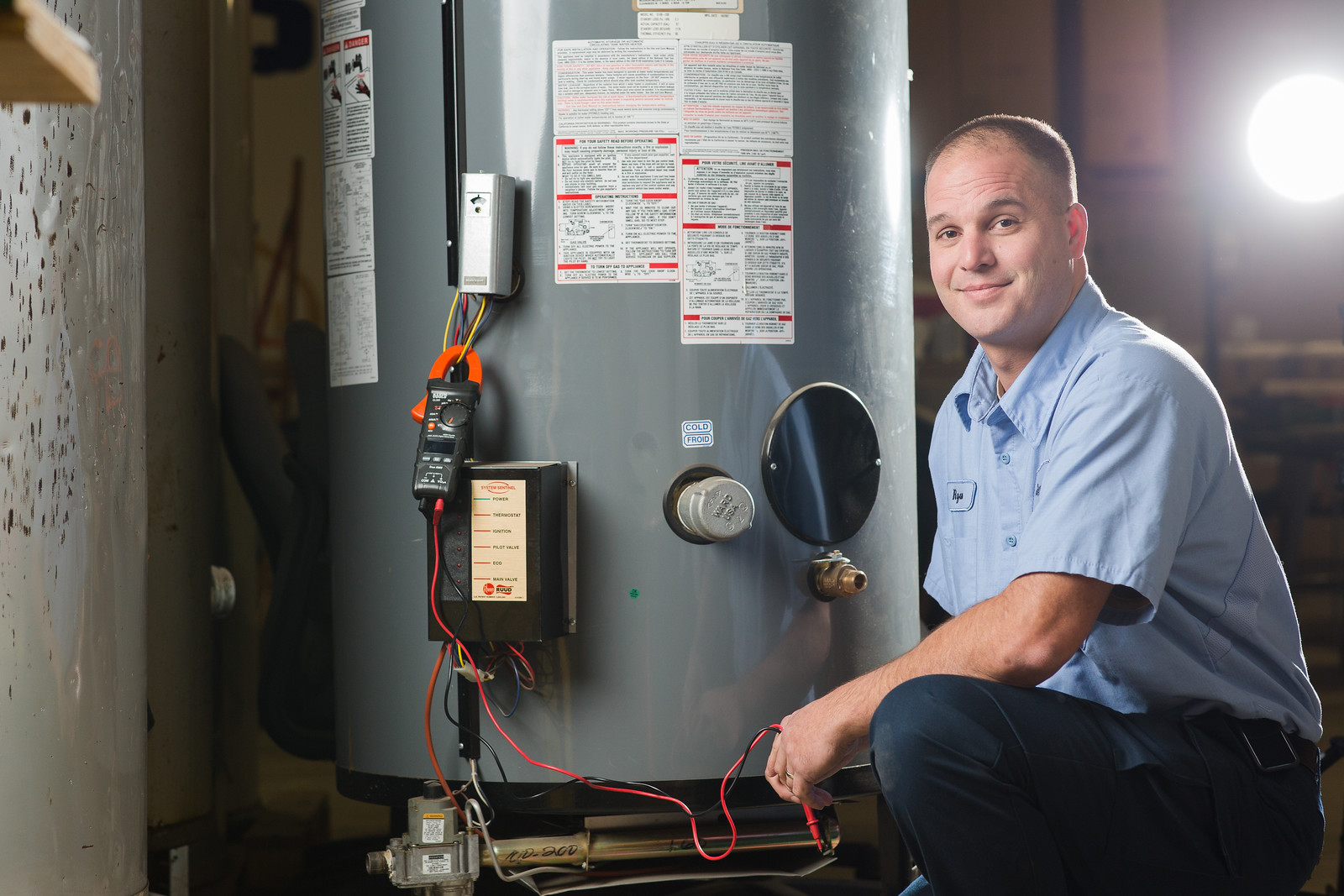Maintaining Your Home's Hot Water System: Essential Tips
Maintaining Your Home's Hot Water System: Essential Tips
Blog Article
Each person may have their own unique opinion when it comes to Water Heater Maintenance Tips You Can't Afford to Forget.

Warm water is important for everyday convenience, whether it's for a refreshing shower or cleaning dishes. To guarantee your hot water system runs successfully and lasts much longer, routine upkeep is essential. This article provides sensible suggestions and understandings on how to preserve your home's warm water system to prevent disturbances and pricey repair work.
Intro
Maintaining your home's warm water system could seem complicated, but with a couple of straightforward steps, you can guarantee it runs efficiently for years to find. This overview covers everything from recognizing your warm water system to DIY upkeep pointers and recognizing when to hire specialist help.
Value of Keeping Your Hot Water System
Routine upkeep not just extends the life expectancy of your warm water system yet also guarantees it operates effectively. Ignoring upkeep can lead to reduced performance, greater power costs, and even premature failing of the system.
Signs Your Warm Water System Needs Maintenance
Understanding when your warm water system requires focus can prevent major issues. Watch out for indications such as inconsistent water temperature, strange noises from the heating unit, or rusty water.
Understanding Your Hot Water System
Before diving right into upkeep jobs, it's handy to recognize the fundamental elements of your warm water system. Commonly, this consists of the hot water heater itself, pipelines, anode rods, and temperature controls.
Monthly Maintenance Tasks
Regular monthly checks can help catch minor problems prior to they intensify.
Purging the Hot Water Heater
Purging your hot water heater eliminates debris accumulation, enhancing effectiveness and extending its life.
Checking and Replacing Anode Rods
Anode rods protect against deterioration inside the container. Evaluating and changing them when worn is vital.
Checking and Adjusting Temperature Settings
Readjusting the temperature level setups makes sure ideal performance and safety.
Do It Yourself Tips for Maintenance
You can carry out several upkeep jobs on your own to keep your hot water system in top problem.
Checking for Leaks
Regularly check pipes and connections for leaks, as these can bring about water damage and greater bills.
Checking Stress Relief Valves
Testing the stress safety valve ensures it functions appropriately and protects against extreme pressure build-up.
Shielding Pipes
Insulating warm water pipelines decreases warmth loss and can save power.
When to Call an Expert
While do it yourself maintenance is helpful, some issues call for professional expertise.
Complicated Issues Needing Specialist Help
Instances consist of major leakages, electrical issues, or if your water heater is constantly underperforming.
Regular Expert Upkeep Benefits
Professional upkeep can consist of extensive evaluations, tune-ups, and making certain compliance with safety and security requirements.
Conclusion
Routine maintenance of your home's warm water system is important for performance, longevity, and price savings. By adhering to these suggestions and recognizing when to seek specialist help, you can make sure a dependable supply of hot water without unanticipated disruptions.
How to Maintain an Instant Hot Water Heater
Before tinkering with your hot water heater, make sure that it’s not powered on. You also have to turn off the main circuit breaker and shut off the main gas line to prevent accidents. Also turn off the water valves connected to your unit to prevent water from flowing into and out of the appliance. 2. When you’re done, you have to detach the purge valves’ caps. These look like the letter “T†and are situated on either side of the water valves. Doing so will release any pressure that has accumulated inside the valves while at the same time avoid hot water from shooting out and burning your skin. 3. When the purge valves’ caps are removed, you have to connect your hosing lines to the valves. Your unit should have come with three hoses but if it didn’t, you can purchase these things from any hardware or home repair shops. You can also get them from retail stores that sell water heating systems. Read the user’s manual and follow it to complete this task properly. When the hosing lines are connected, open the purge port’s valves. 4. You should never use harsh chemical cleaners or solutions when cleaning your unit. Make use of white vinegar instead. It should be undiluted and you’ll probably use about 2 gallons. 5. Now flush your water heater. This task should probably take about 40 minutes. We can’t give you specific directions for this because the procedure is carried out depending on the type, model and brand of your heater. With that being said, refer to the user’s manual. 6. When you’re done draining the unit, you have to turn off the purge port valves again. Remove the hosing lines that you earlier installed on each of the water valves. Put the valve caps (purge port) back in their respective places and be very careful so as not to damage the rubber discs that are found inside these caps. 7. Now that everything’s back in place, check your user’s manual again to find out how to reactivate your water heating system. 8. Once it is working, turn one of your hot water faucets on just to let air pass through the heater’s water supply pipes. Leave the tap on until water flows smoothly out of it. https://www.orrplumbing.com/blog/2014/september/how-to-maintain-an-instant-hot-water-heater/

Do you enjoy more info about How to Maintain Your Water Heater & Prolong its Life? Place a short review below. We'd be happy to listen to your reactions about this write-up. We hope that you come back again in the near future. Sharing is caring. You never know, you could be helping someone out. Thank you for your time. Don't forget to pay a visit to our blog back soon.
Call Today Report this page